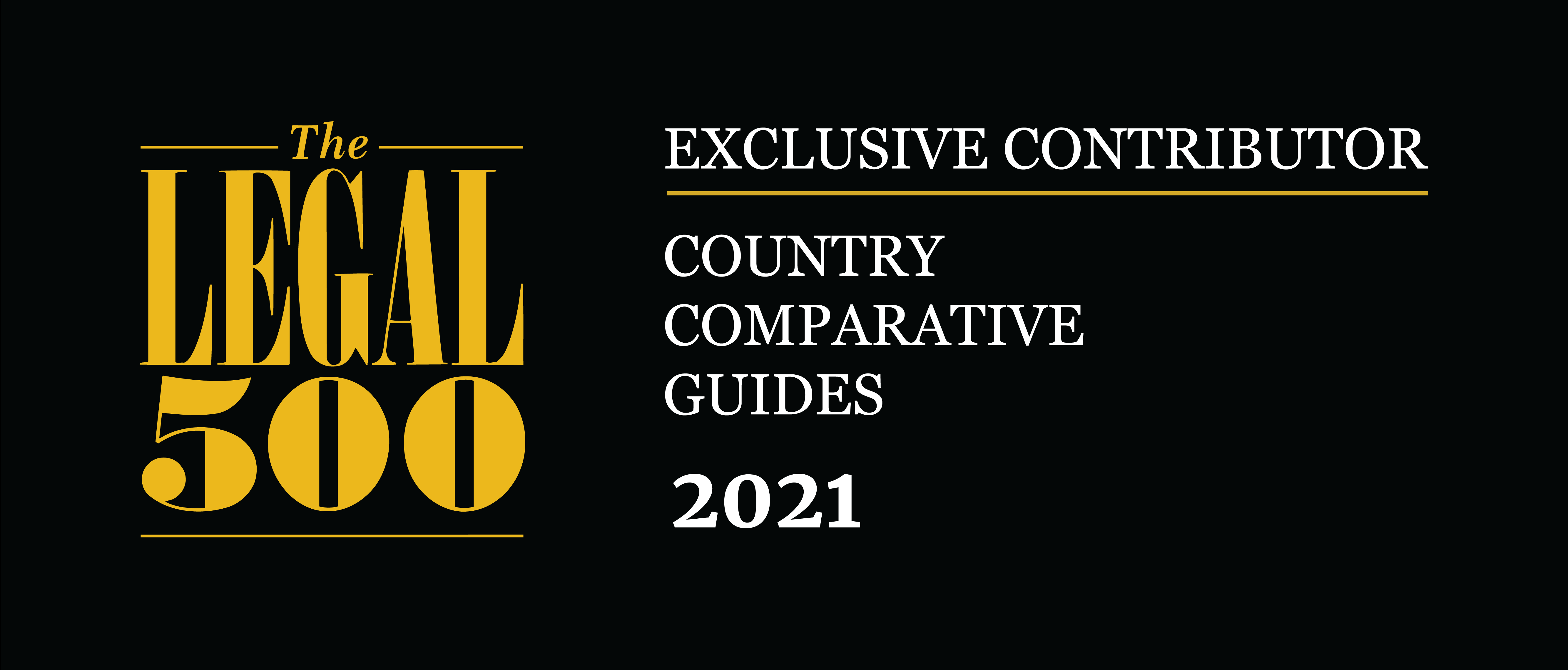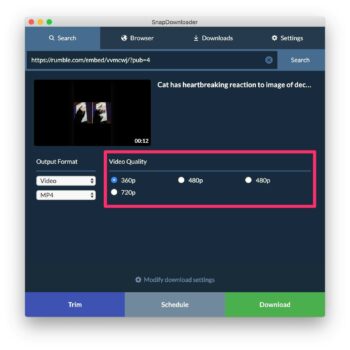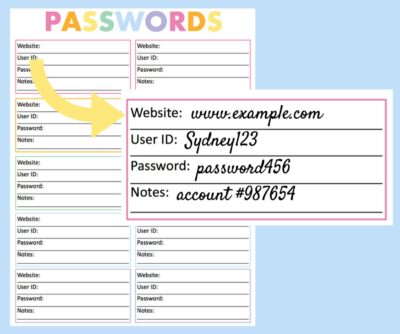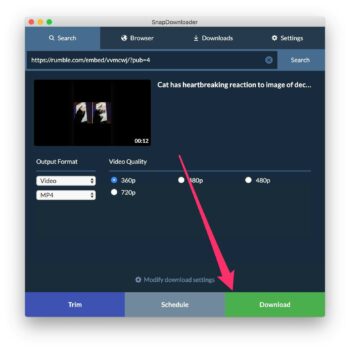I. Introduction
Shutterstock is one of the leading stock photography agencies in the world. It offers a variety of features for contributors, including the ability to sell their images to a large customer base. However, there are two different types of contributor accounts on Shutterstock: exclusive and non-exclusive.
In this article, we will discuss the pros and cons of each type of contributor account. We will also provide some additional considerations that you should make when deciding which type of account is right for you.
Also Read This: Unveiling Deals: How to See eBay Best Offer Sold Price
II. Exclusive Contributor

An exclusive contributor is someone who agrees to sell their images only on Shutterstock. This means that your images will not be available confront any other stock photography agency. In return, Shutterstock offers exclusive contributors a higher commission rate (50%) and the potential to earn exclusivity bonuses.
There are several pros to becoming an exclusive contributor on Shutterstock. First, you will earn a higher commission rate on your images. This means that you will make more money for each sale. Second, you will have the potential to earn exclusivity bonuses. These bonuses are based on the number of images that you sell, so you could earn a significant amount of extra money if you are successful.
However, there are also some cons to becoming an exclusive contributor on Shutterstock. First, you will have less control over how your images are used. For example, Shutterstock may use your images in marketing materials without your permission. Second, you will not be able to sell your images on other stock photography agencies. This means that you could miss out on potential sales if your images are not available on other platforms.
Ultimately, the decision of whether to become an exclusive contributor on Shutterstock is a personal one. There is no right or wrong answer, and the best choice for you will depend on your individual goals and circumstances.
If you are primarily interested in making money from your stock photography, then becoming an exclusive contributor is a good way to do that. However, if you are also interested in having creative control over your images and seeing them used in a variety of ways, then becoming a non-exclusive contributor may be a better fit.
Here are some additional considerations that you should make when deciding whether to become an exclusive contributor on Shutterstock:
- Your portfolio: If you have a strong portfolio of high-quality images, then you may be more likely to be accepted as an exclusive contributor.
- Your goals: If you are primarily interested in making money from your stock photography, then becoming an exclusive contributor is a good way to do that. However, if you are also interested in having creative control over your images and seeing them used in a variety of ways, then becoming a non-exclusive contributor may be a better fit.
- The competition: The stock photography market is very competitive, so it is important to consider how your images will stand out from the crowd. If you have unique or high-quality images, then you may be more likely to be successful as an exclusive contributor.
This video explains how to Exclusive vs. Non-Exclusive Contributor on Shutterstock: Pros and Cons:
Also Read This: Save ShareChat Images in Your Gallery Using This Must-Have Tool
III. Non-Exclusive Contributor

A non-exclusive contributor is someone who is free to sell their images to any stock photography agency. This means that your images could be available on Shutterstock, as well as other agencies like iStockphoto and Dreamstime. In return, non-exclusive contributors earn a lower commission rate (30%) but have more control over how their images are used.
Becoming a non-exclusive contributor on Shutterstock can be a good way to have more control over how your images are used and to sell them to multiple agencies. However, it is important to weigh the pros and cons carefully before making a decision. If you are not sure whether a non-exclusive contributor account is right for you, then you may want to start with an exclusive account and then switch to a non-exclusive account later if you are not happy with the results.
Also Read This: Here’s Here’s How to Convert Rumble Video to MP4
IV. Here's a table of Pros and Cons of Exclusive and Non-Exclusive Contributors on Shutterstock:
| Factor | Exclusive Contributor | Non-Exclusive Contributor |
|---|---|---|
| Commission rate | 50% | 30% |
| Exposure | More exposure to Shutterstock's large customer base | Less exposure to Shutterstock's customer base |
| Potential for exclusivity bonuses | Yes | No |
| Control over how images are used | Less control | More control |
| Ability to sell images on multiple agencies | No | Yes |
| Terms of service | More restrictive | Less restrictive |
exclusive contributor sales vs non-exclusive contributor sales - https://t.co/7czXV4jTby - Joined: March 8, 2014 this is my joining date …
— David J. Castresana (@davidjcc_Zgz) November 7, 2016
Also Read This: Shopify Synergy: Connecting Shopify to eBay
V. FAQ
Question 1: What is the difference between an exclusive and non-exclusive contributor account on Shutterstock?
ANS: An exclusive contributor account means that you agree to sell your images only on Shutterstock. This means that your images will not be available on any other stock photography agency. In return, Shutterstock offers exclusive contributors a higher commission rate (50%) and the potential to earn exclusivity bonuses.
A non-exclusive contributor account means that you are free to sell your images on any stock photography agency. This means that your images could be available on Shutterstock, as well as other agencies like iStockphoto and Dreamstime. In return, non-exclusive contributors earn a lower commission rate (30%) but have more control over how their images are used.
Question 2: Which type of contributor account is right for me?
ANS: The decision of whether to become an exclusive or non-exclusive contributor on Shutterstock depends on your individual goals and circumstances. If you want to maximize your earnings and get the most exposure for your images, then becoming an exclusive contributor is a good option. However, if you want more control over how your images are used and want to be able to sell them on multiple stock agencies, then becoming a non-exclusive contributor is a better choice.
Question 3: What are the benefits of being an exclusive contributor on Shutterstock?
ANS: The benefits of being an exclusive contributor on Shutterstock include:
- A higher commission rate (50%)
- The potential to earn exclusivity bonuses
- More exposure to Shutterstock's large customer base
Question 4: What are the benefits of being a non-exclusive contributor on Shutterstock?
ANS: The benefits of being a non-exclusive contributor on Shutterstock include:
- More control over how your images are used
- The ability to sell your images on multiple agencies
- Less restrictive terms of service
Question 5: How do I decide which type of contributor account is right for me?
ANS: There are a few factors to consider when deciding which type of contributor account is right for you:
- Your goals: Do you want to maximize your earnings or have more control over how your images are used?
- Your images: Are your images unique or high-quality?
- Your competition: How competitive is the market for your type of images?
Question 6: Can I switch from an exclusive contributor account to a non-exclusive contributor account?
ANS: Yes, you can switch from an exclusive contributor account to a non-exclusive contributor account at any time. However, you will need to wait 12 months before you can switch back to an exclusive contributor account.
Question 7: Can I sell my images on other stock photography agencies if I have an exclusive contributor account on Shutterstock?
ANS: No, you cannot sell your images on other stock photography agencies if you have an exclusive contributor account on Shutterstock. This is because you have agreed to sell your images exclusively to Shutterstock.
Question 8: What happens if I sell my images on other stock photography agencies without permission from Shutterstock?
ANS: If you sell your images on other stock photography agencies without permission from Shutterstock, you may be subject to legal action. Shutterstock may also terminate your contributor account.
Question 9: What are the terms of service for exclusive and non-exclusive contributors on Shutterstock?
ANS: The terms of service for exclusive and non-exclusive contributors on Shutterstock are different. The terms of service for exclusive contributors are more restrictive, as they limit how your images can be used. The terms of service for non-exclusive contributors are less restrictive, as you have more control over how your images can be used.
Sure, here are some more FAQs about exclusive and non-exclusive contributors on Shutterstock:
Question 10: What is the exclusivity bonus?
ANS: The exclusivity bonus is a monetary reward that Shutterstock may offer to exclusive contributors who sell a certain number of images in a given time period. The amount of the bonus varies depending on the number of images sold and the time period.
Question 11: What are the requirements for the exclusivity bonus?
ANS: To be eligible for the exclusivity bonus, you must be an exclusive contributor on Shutterstock and have sold a certain number of images in a given time period. The specific requirements vary depending on the time period and the number of images sold.
Question 12: How do I know if I am eligible for the exclusivity bonus?
ANS: Shutterstock will notify you if you are eligible for the exclusivity bonus. You can also check your account status to see if you are eligible.
Question 13: What happens if I do not meet the requirements for the exclusivity bonus?
ANS: If you do not meet the requirements for the exclusivity bonus, you will not receive the bonus. However, you will still be able to earn money from your images that are sold on Shutterstock.
Sure, here are some more FAQs about exclusive and non-exclusive contributors on Shutterstock:
Question 14: What are the pros and cons of the exclusivity bonus?
ANS: The exclusivity bonus can be a great way to earn extra money from your Shutterstock images. However, there are also some potential drawbacks to consider.
Pros:
- The exclusivity bonus can be a significant amount of money, depending on the number of images you sell.
- The exclusivity bonus is a way to reward exclusive contributors for their contributions to Shutterstock.
Cons:
- The exclusivity bonus is not guaranteed. You must meet certain requirements in order to be eligible for the bonus.
- The exclusivity bonus may not be enough to offset the lower commission rate that exclusive contributors receive.
Question 15: How do I decide if the exclusivity bonus is right for me?
ANS: There are a few factors to consider when deciding if the exclusivity bonus is right for you:
- Your goals: Do you want to maximize your earnings or have more control over how your images are used?
- Your images: Are your images unique or high-quality?
- Your competition: How competitive is the market for your type of images?
- Your willingness to take on risk: The exclusivity bonus is not guaranteed, so you must be willing to take on some risk if you decide to pursue it.
Once you have considered these factors, you can decide if the exclusivity bonus is right for you.
VI. Conclusion
The decision of whether to become an exclusive or non-exclusive contributor on Shutterstock depends on your individual goals and circumstances. If you want to maximize your earnings and get the most exposure for your images, then becoming an exclusive contributor is a good option. However, if you want more control over how your images are used and want to be able to sell them on multiple stock agencies, then becoming a non-exclusive contributor is a better choice.
There are a few factors to consider when making this decision, including your goals, your images, your competition, and your willingness to take on risk. If you are not sure which type of contributor account is right for you, then you may want to start with a non-exclusive account and then switch to an exclusive account later if you are not happy with the results.














